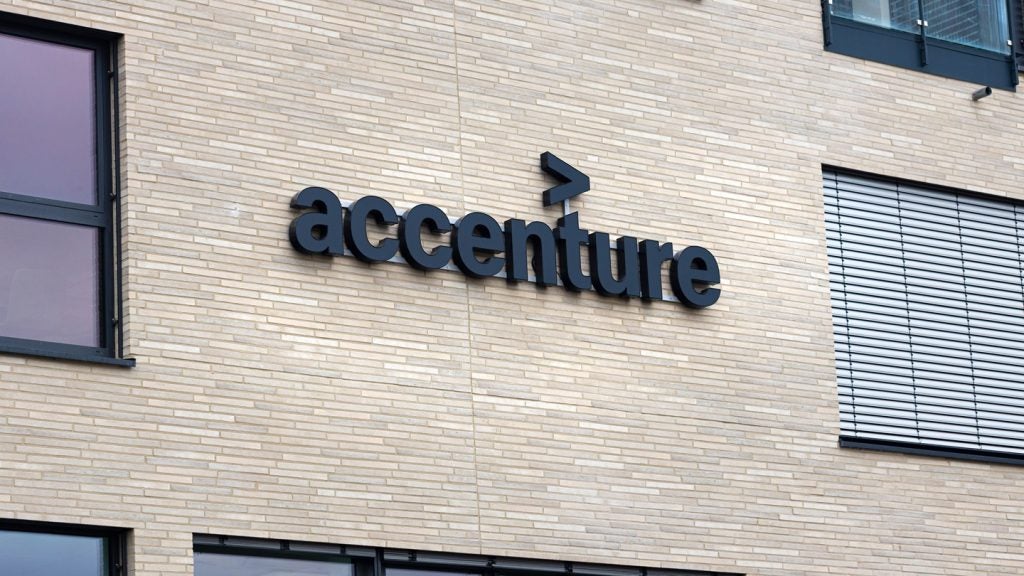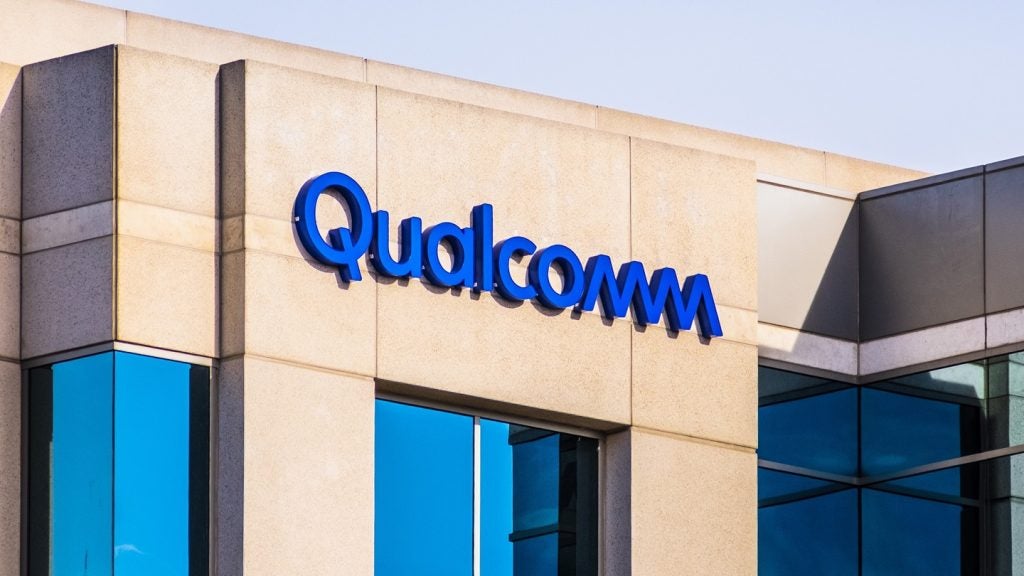
Which nation has the largest economy in 2018, and where is the fastest growth projected? How has technological innovation shaped economic performance for certain regions? Using data from the International Monetary Fund (IMF), Verdict analyses the latest World Economy Ranking with a tech twist.
The IMF has released its projected World Economy Ranking data for 2018-2023. The US continues to be the world’s largest economy in nominal gross domestic product (GDP) with a total output value of $20,412.87bn, while China is in second place with $14,092.51bn. However, when considering a country’s purchasing power parity (PPP) — which compares prices of standard goods in their respective currencies — China’s GDP PPP becomes $25,238.56, making it the largest economy in the world when using this measurement.

Access deeper industry intelligence
Experience unmatched clarity with a single platform that combines unique data, AI, and human expertise.

Emerging tech hubs providing new growth opportunities
Expert Market PR and content executive Sophia Patsikas compiled a list of the world’s largest tech hubs in 2018, using data that included the average salaries for software engineers, amounts of funding available for early stage business, as well as the cost of living in different cities. Here are the top three tech hubs in the world, driving growth in their respective country.
Zhongguancun – Beijing, China
Zhongguancun is one of China’s most important centres for innovation and is home to high-tech companies such as Lenovo and Baidu.
As of March, the science park had 547,000 research and development personnel. R&D investments grew by nearly 20.3% year-on-year to $6.29bn during the first quarter of this year.
In total, high-tech firms in Zhongguancun reported Q1-2018 revenue of $177bn, up 14.6%, according to the Beijing Municipal Bureau of Statistics.

US Tariffs are shifting - will you react or anticipate?
Don’t let policy changes catch you off guard. Stay proactive with real-time data and expert analysis.
By GlobalDataOther industries to experience rapid growth were environmental protection, electronics and information, new materials, new energy and energy-saving technology, bioengineering, and medicine, as well as advanced manufacturing. Combined, this takes the total revenue to more than $143.5bn.
Silicon Allee – Berlin, Germany
Berlin has been called the EU’s new Silicon Valley. Top tech talents have been abandoning the UK in droves due to the government’s increasingly hostile policies on immigration, combined with uncertainty on science and technology, with a similar exodus potentially happening in the US. Berlin, in particular, is creating a friendly environment for tech start-ups and is successfully attracting innovators and entrepreneurs.
There is no question that, for now, Silicon Allee is a smaller start-up hub than its US and Chinese counterparts. However, it has still experienced some serious growth in the last decade and was actually Expert Market’s top tech hub last year, before being replaced by Zhongguancun in 2018.
In the mid-2000s, there were roughly 20-30 start-ups compared to approximately 2,500 as of late-2017. This has led to an increase in the number of tech jobs by 70% since 2008. Despite this, capital outlay has remained lower, with early stage funding at $432,000 per start-up. In 2016, it was reported that Berlin’s start-ups amassed $2.86bn in venture capital for the year.
These figures are expected to continue growing, due in part to the number of healthy US tech enterprises operating in Germany’s capital. Companies such as Facebook and Airbnb have offices in Berlin, and German start-ups such as N26 and EyeEm are benefiting from incubator programmes. An Ernst & Young report said that the 2,500 start-ups are gradually leading Berlin to become the venture capital centre of Europe.
Berlin also specialises in e-mobility, with electric cars, motorcycles, scooters, bicycles, and buses all being developed by companies such as Cisco, Deutsche Bahn, General Electric and Schneider Electric.
Silicon Valley – California, US
US federal data has found that the state of California is set to become the world’s fifth largest economy in 2018, exhibiting a nominal GDP of around $2,700bn, overtaking the UK’s $2,624bn. Between 2016 and 2017, the Californian economy rose by $127bn.
California’s GDP growth rate was 2.5% last year, higher than the US growth rate of 2.4%, according to the Los Angeles County Economic Development Corp’s Economic Forecast & Industry Outlook. The state’s growth rate has fallen slightly since 2016 when it was 3.3%, and around 4% in both 2014 and 2015.
California alone accounts for 14.1% of the US total GDP for a number of reasons, with none more so than the thriving technology centre in Silicon Valley.
California’s technology sector employs 3% of the total private workforce and generates 8% of gross state product. The largest sectors of the IT industry are software and online content, which does not include tech firms involved in creating electronics, personal computers, and network and storage hardware.
Google, Facebook, and Apple headquartered in California, and the San Francisco Bay area has supported a large number of start-ups.
As automation and technology are becoming even more prominent in consumer and business capacities, California’s IT sector is likely to become an even bigger contributor to the state’s growth. This means that it remains likely that California will maintain its place at the higher end of the World Economic Ranking list.







